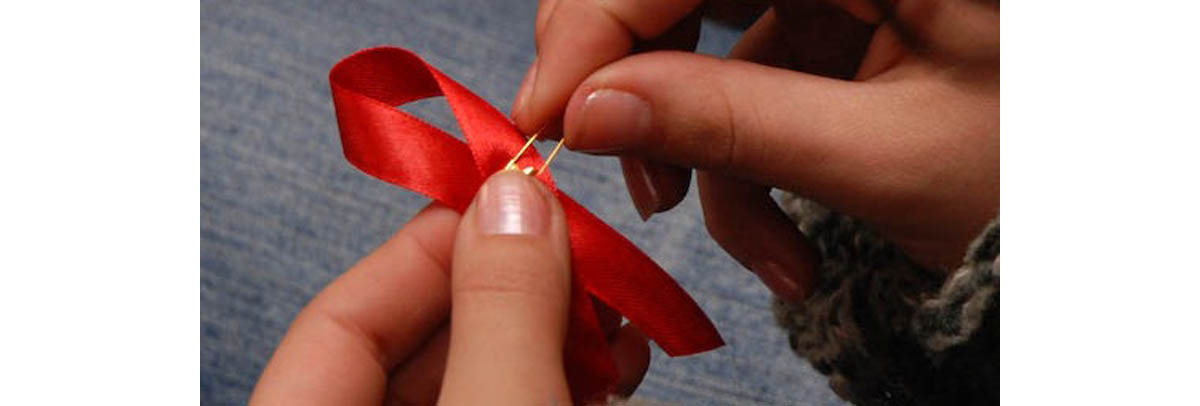Table of Contents
Playing games online is fun but generally regarded as a waste of time. That is, unless online gaming happens to help scientists cure AIDS.
Foldit has been a success for figuring out algorithms for breakthroughs in biofuels and HIV research because of the combined contributions of over 100,000 gamers, but it is hardly the only example of crowdsourcing, the process of inviting public contributions to work out scientific problems.

Galaxy Zoo uses public input to identify the shapes of galaxies seen through the Hubble telescope. A Dutch public school teacher named Hanny van Arkel, who had no formal training in astronomy, had been playing the game for about a week when she noticed a strange gas cloud in IC 2497, a small galaxy in the Leo constellation. She asked a supervisor for information, and the professional astronomer was stumped. Other astronomers also were at a loss to define the object, now known as Hanny's Voorwerp, vorwerp being the Dutch term for "object."
More than five million computer users have been recruited for SETI@home, which searches for extratrerrestrial life. IBM's World Community Grid is helping Chinese researchers develop methods fo purifying water using nanotubes. The Herbaria@home project is helping British botanists identify over 75,000 plants collected in the UK, helping determine which plants are endangered. Cornell University's Nestwatch collects data about bird migrations across North America. The Climate Watch project in Australia tracks plant and animal fluctuations in the Southern Hemisphere, and tens of thousands of Americans collected beach data after the BP oil spill.
Sometimes the research is hands-on. DIYBio (Do It Yourself Bio) maintains laboratories in Boston, Brooklyn, and San Francisco where its 1,500 members can operate DNA sequencing equipment. Recently DIYBio members sequenced DNA from bacteria each had collected from 50 dollar bills donated by 50 acquaintances, to track the spread of disease by money.
Not everyone who participates in crowdsourcing works for free. Prizes range from $1 million for helping locate a new lab test marker for Lou Gehrig's disease (amyotrophic lateral sclerosis) down to $7,500 for helping develop a better smelling kitty litter.
And some crowdsourcers enjoy fame. Ms. van Arkel became the basis of a character in an online comic book. She started a Twitter feed. And in January of next year she will be memorialized as the co-author of the scientific paper announcing the discovery of her "object."
Scientists complain that crowdsourcing is not really science, and that opening up participation to the public introduces new issues in peer review, the process of approving scientific papers for publication. David Weinberger, a researcher at the Berkman Center for the Study of the Internet and Society at Harvard University, goes so far as to like the participants in crowdsourcing as "scientific instruments." More charitable assessments by mainstream scientists suggest that at least participants in crowdsourcing should be able to get some of the same reward as academic scientists, much as Hanny van Arkel has.
But far more people feel that crowdsourcing is a way to do science without being a scientist. Participating in crowdsourcing won't give anyone entry into the scientific establishment, but as van Arkel told the New York Times, it can be a life-changing thing.
- Alex Wright, "Managing Scientific Inquiry in a Laboratory the Size of the Web," New York Times, 27 December 2010, accessed 26 September 2011.
- Photo courtesy of Trygveu on Flickr: www.flickr.com/photos/trygveu/2073016443/


Your thoughts on this